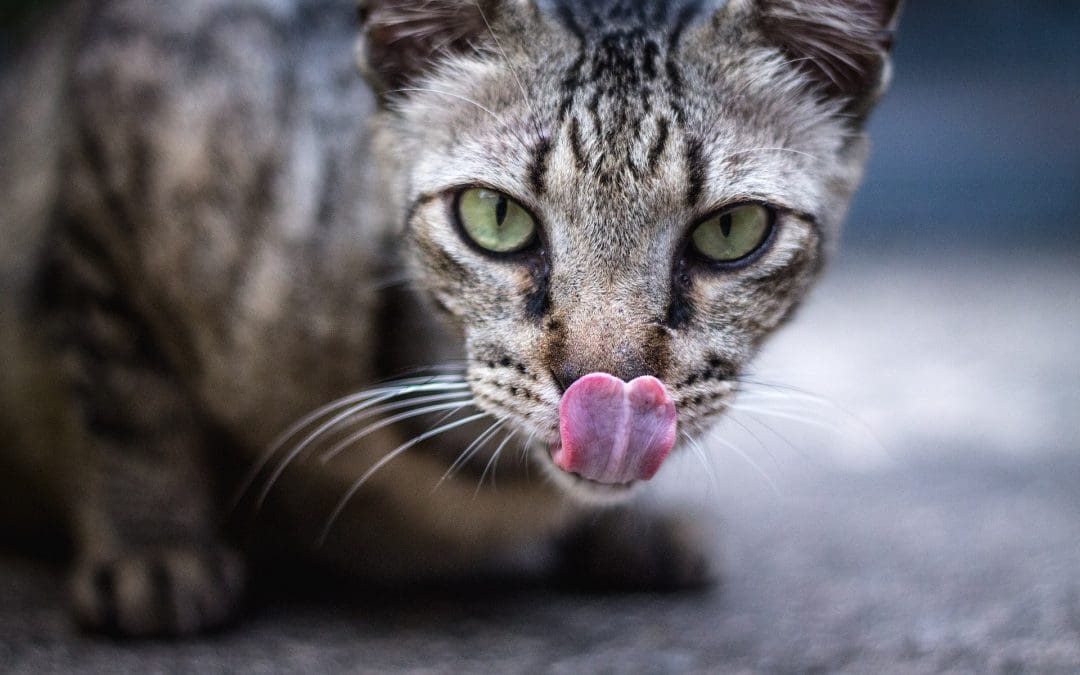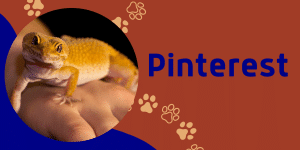Table of contents
Cats can deteriorate fast when not eating due to dehydration and fatty liver disease it can cause after 2 days of inappitence. While away from home, here is great advice on leaving your cat home.
Here are some tips to make mealtime more enticing:

Opt for Canned/Wet Food:
Cats often prefer the pungent aroma of seafood varieties. However, be aware that some cats have sensitivities to fish. To enhance the aroma, consider adding warm water or briefly microwaving the food.
- Baby Food Delight: Offer baby food with the type of meat your cat currently craves.
- Chicken Broth Boost: To dry or canned food, add low-sodium chicken broth that has been gently warmed. Ensure the broth doesn’t contain onions, onion powder, chives, or garlic, as these ingredients are toxic to cats.
- Temperature Matters: Warm the food carefully in the microwave or, preferably, use warm water. Always ensure it’s not too hot before serving.
- Tempting Toppings: Enhance your cat’s meal by sprinkling tasty toppers:
- Grated Parmesan cheese.
- Probiotic Power: Consider using Purina FortiFlora probiotics, an excellent appetite enhancer and high-quality probiotic. Senior cats can especially benefit from this. You can find it at pet stores like PetSmart or online retailers like Amazon.
- Treat Time: Elevate your cat’s dining experience by sprinkling treats on top of their food or serving them separately. Temptations or whatever treats your cat likes.
Prescription veterinary diets
When it comes to your cat’s specific medical needs, your veterinarian will provide guidance on the most suitable dietary choices, including treats. It’s important to remember that some prescription foods can be quite rich and may exacerbate certain conditions, such as diarrhea. Therefore, always consult your vet for expert advice. 🙂
Here are a few prescription veterinary diets commonly recommended:
- Hills a/d (Pate): This high-caloric diet is exceptionally palatable and can be beneficial for cats with various medical conditions.
- Nutrical Paste: Another option to consider for its nutritional support.
- Royal Canin Gastrointestinal (Dry or Wet): Specifically formulated for cats with gastrointestinal issues, this diet can help manage digestive problems.
- Hills i/d (Dry or Wet – Chicken or Salmon): Ideal for cats with digestive sensitivities, this diet comes in both dry and wet options, offering versatility.
- Hills d/d Food Sensitivity: Designed for cats with food sensitivities, this prescription diet can aid in managing allergic reactions.
Remember, your veterinarian will tailor their recommendations to your cat’s unique health requirements, ensuring the best possible care for your feline friend. 😺
Does your cat just like to lick the gravy?
Does Your Cat Have a Gravy-Loving Obsession?
It’s not uncommon for cats to be drawn to the delectable gravy in their meals. It’s a more favourable way to encourage cats to eat and a source of water for cats that are not eating. However, it’s essential to be cautious about what you offer to your feline friend. Never feed them human gravy, as many of these contain ingredients like onion and garlic, which are toxic to cats.
If you’re looking to entice your cat to eat or simply indulge their taste for liquid treats, here are some safe options:
- Skinny Pouches of Liquid/Paste: Several reputable brands offer these convenient, gravy-like treats that can be used sparingly to stimulate your cat’s appetite. Churros are a hit with cats.
- Make your own cat-friendly purée by blending their food with an equal amount of water in a blender or bullet blender.
- Creamy Cat Treats: Explore cat treats designed to be creamy or semi-creamy, such as Sheba for cats, to provide your feline friend with a delightful and safe culinary experience.😺
Feed little and often
Cats that are unwell, injured, or stressed often experience decreased appetite. To encourage them to eat, consider the following tips:
- Frequent, Small Meals: Offer small amounts of fresh food regularly. Some cats may be put off by large servings, so start with a spoonful and adjust as needed. Even adjusting bowl types can help cats eating habits.
- Automatic cat feeding bowls, like the Petmate Automatic Feeder, are useful for people who are away during the day or for cats that eat sporadically, like overnight.
- Individualized Feeding for Multiple Cats: If you have multiple cats, you can use a cat bowl that opens only when a specific cat wearing a collar with a chip comes near it. This way, other cats won’t be able to eat from the wrong bowl. The SureFlap Microchip Feeder is one such example. However, it’s important to remember that technology can sometimes fail, so it’s best to keep a watchful eye on each feeding to monitor food intake.
Some of my clients use this, and it should never be thought of as a reliable feeder because technology fails us, so keep an eye on each feeding the best you can to monitor food intake.
Company While Eating

Cats can have varied responses to your presence during mealtime, and understanding their preferences can make a significant difference in their eating habits. Here are some insights:
- Physical Presence: Some cats find comfort in your physical presence. Taking the time to sit or lie beside them while they eat can provide a sense of security and encourage them to eat more. This can be particularly beneficial for cats that may feel anxious or stressed during mealtime.
- Gentle Interaction: Others may appreciate gentle strokes or cheek rubs as they eat. This physical interaction can create a positive association with mealtime and help alleviate any anxiety.
- Reassuring Words: Soft, reassuring words and a calm demeanor can also have a positive impact on some cats. Your soothing presence can make them feel at ease and more inclined to eat.
- Moderation is Key: It’s important to strike a balance. While your presence can be comforting, it’s essential to avoid overstimulating your cat during meals. Aim for a moderate level of interaction to prevent them from developing aversions to eating alone.
- Dependency on Caregivers: Some cats become highly dependent on their caregivers for feeding. These cats may struggle to eat when their owners are away, emphasizing the importance of someone being present to ensure they receive their meals.
Feeding Techniques

Ultimately, every cat is unique, and understanding their individual preferences and needs during mealtime can help maintain their health and well-being. Your attentive care can make a world of difference in their lives. 🐱💕
Hand Feeding
Sometimes cats need some gentle active persuasion to eat. You can use a teaspoon or your finger to gently wipe some wet food on your cat’s mouth or lift 1-2 biscuits out of the bowl and offer treats. Sometimes once they have licked and tasted the food you can continue in this manner with small portions at a time at least get something into your cat while you are waiting for any treatments to start working. Many people worry that if they start hand feeding their cat will always expect this which in the majority of cases is not true provided the underlying cause of the inappetance resolves.
Veterinary Assisted Feeding
Feeding Tubes (extreme cases)
Some people believe it can help to feed your cat by syringing liquid food into their mouth but in my experience this can sometimes lead to an aversion to that food thereafter and forcing food down is unpleasant for owners and cats alike. In certain circumstances, a temporary feeding tube can be placed. This allows us to reliably get food into your cat with minimal distress. It is not appropriate in all situations.
Appetite Stimulants;

In some cases, it may be necessary to prescribe medication to stimulate your cat’s appetite. Your vet might suggest home – care subcutaneous fluid therapy. It’s hard to soak in everything your vet clinic teaches you, so don’t fret. I’ll help you. It’s easiest and cheapest just to use a needle on the end of an iv line attached to a fluid bag. We can always discuss this over the phone.
Cyproheptadine (Periactin) is an antihistamine that happens to have an appetite-stimulating effect in cats. Unfortunately, it can also have other side effects, such as agitation, howling or in some cats the opposite effect, quietness and lethargy. In some cats it may decrease urination or increase heart rate, breathing rate and temperature. It may not stimulate all cats’ appetites and as it is a human medication getting the dose right can be tricky. Cats on potassium supplements or those with high blood should avoid its use.
Mirtazapine is another human medication (an antidepressant) that in tiny doses can cause an increase in appetite and also helps with nausea. It can cause restlessness, agitation and vocalization but in some cats it will cause the opposite effect and make them sleepy. Cats on certain medications or those with liver disease, high blood pressure/heart disease and overactive thyroids may be at increased risk of developing side effects on Mirtazapine. A condition known as “serotonin syndrome” can develop in some cats and lasts until the drug wears off (2-3 days). Symptoms include dilated pupils, excessive meowing/howling, being vacant, unsteady/staggering/stumbling, pacing, agitation and increased breathing/heart rates. This reaction is not common, but is naturally a concern, which is why most vets suggest using a very low dose every 3rd day to start with.
Diazepam (Valium®) is another drug that has been used in cats to stimulate appetite. It has been linked to liver failure in some cats.
Top Tips for encouraging your cat to eat
Comfort and Security:
Make sure your cat feels comfortable and secure in their eating environment. A calm and stress-free setting can promote better eating habits.
- Avoid Competition: If you have multiple pets, feed your cat separately to prevent competition for food. This reduces stress and ensures your cat can eat at their own pace.
- Tender Attention: Be patient and give your cat your full attention during mealtime. Encourage them to eat by allowing them to sniff or lick food from your finger or the back of a teaspoon. Ensure your hands are free from any strong smells like soap.
- Optimal Temperature: Warm the food to a “prey” temperature to release its natural aromas. Cats rely on smell to enhance the taste of their food.
- Strong-Tasting Foods: Offer smelly and strong-tasting foods like seafood and roast chicken to entice your cat’s appetite.
- Consult Your Vet: Consult your veterinarian to discuss safe and appetizing food options, especially if your cat is unwell. They may have special recommendations for nourishing foods tailored to your cat’s needs.
- Small, Frequent Meals: For elderly or unwell cats, provide small amounts of food more frequently. This can be easier on their digestion.
- Monitor and Retry: If your cat doesn’t eat, remove the food and try again later. Avoid forcing them to eat, as it can create negative associations with food.
Conclude:
By following these tips and adjusting them to your cat’s individual preferences, you can help ensure that your furry companion enjoys their meals and maintains good health. 🐾😺




